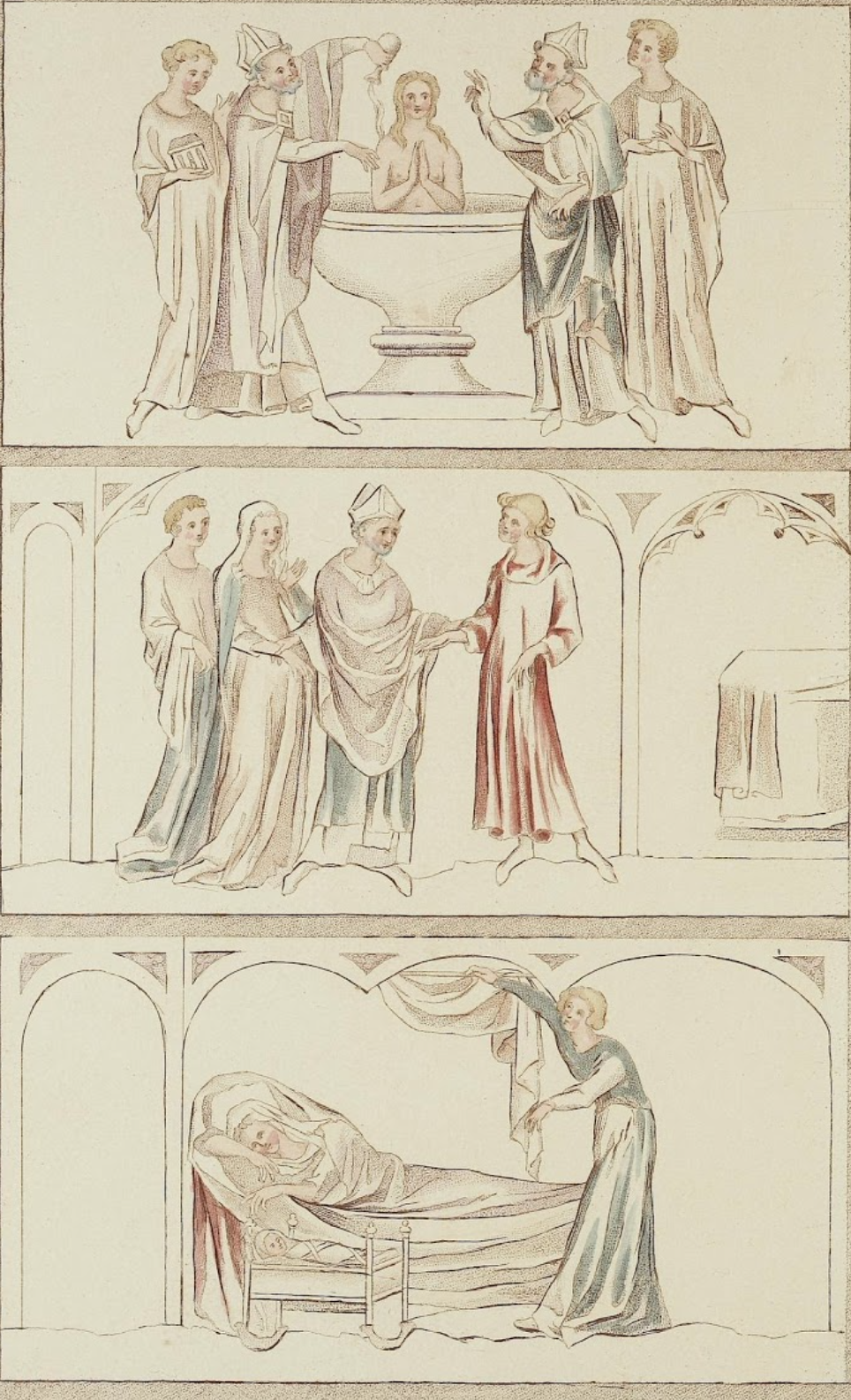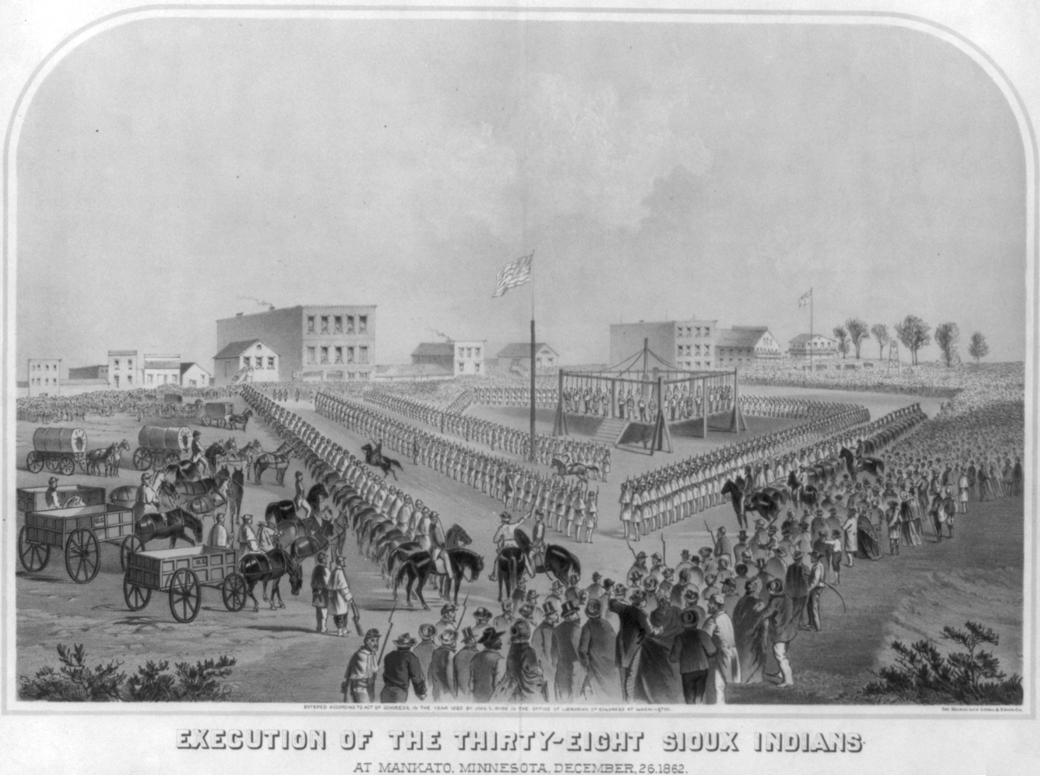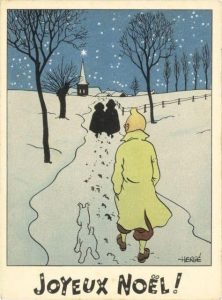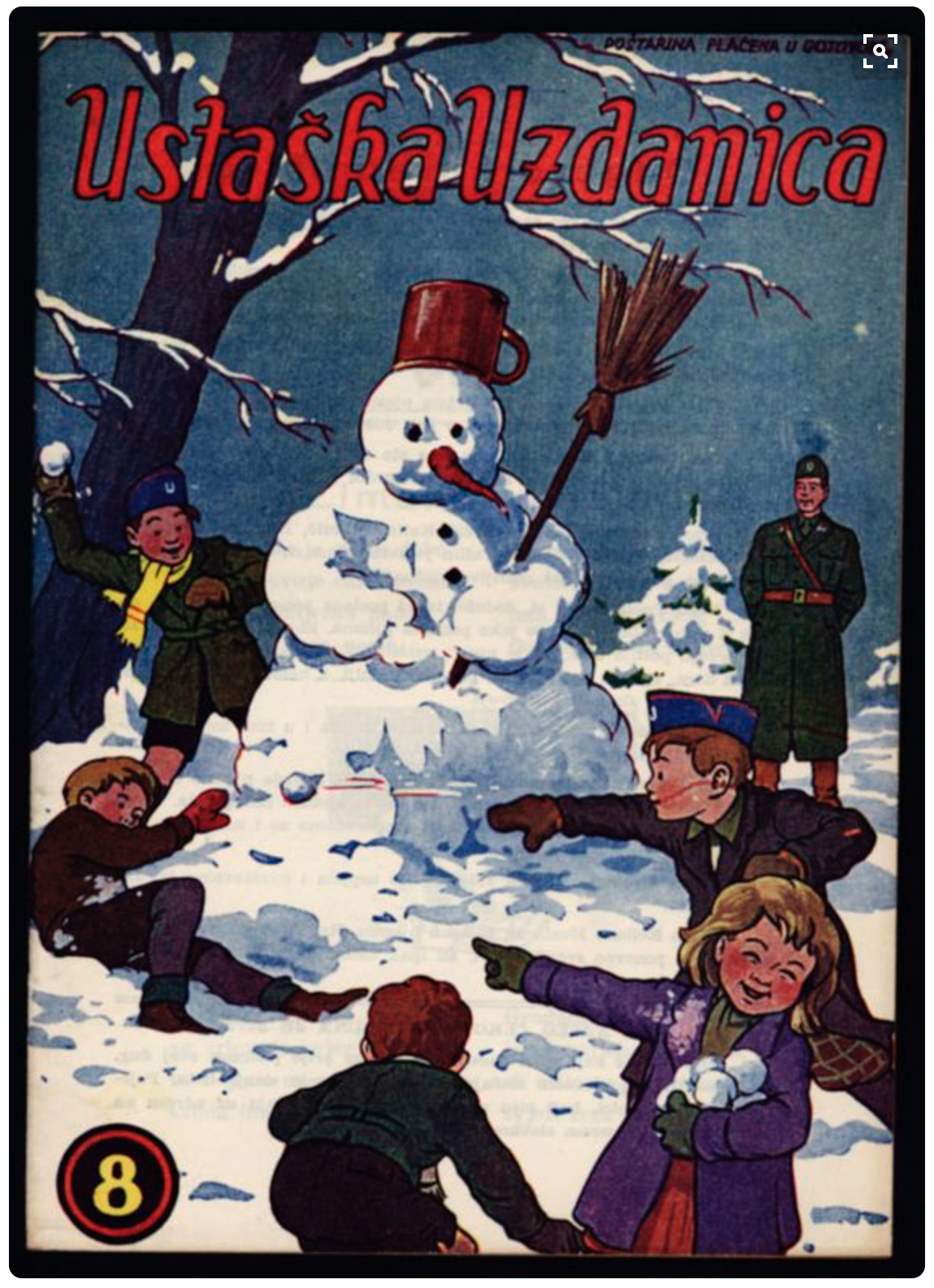1916 The murder of Rasputin
Grigory Yefimovich Rasputin was a Siberian mystic whose seemingly supernatural powers won him the friendship of the Russian ruling family and a place of influence at a time of crisis in the empire. On this day in 1916 he was murdered by an aristocratic cabal.
Born into a peasant family in 1869, Rasputin underwent some sort of religious experience in his late 20s; he began making pilgrimages to to monasteries and holy men and soon acquired his own reputation for holy powers. Influential churchmen introduced him to high society in the capital St Petersburg and by 1905 he had met Tsar Nicholas II and his family.
The tsar’s son Alexei, heir to the Romanov dynasty, was a victim of hemophilia. Rasputin was asked to pray for the boy but it was his personal visits to the child that seemed to stem the disease. The tsarina Alexandra called Rasputin “our friend”, bringing him into intimate contact with the royal family. Lurid rumours spread about his relationship with the empress and her daughters, especially after news of Rasputin’s sexual behaviour with his many female followers gained public credence.
As Russia’s fortunes in World War One grew grim, Rasputin was blamed as a malign influence and a threat to national security. He had already been the subject in 1914 of an unsuccessful assassination attempt when he was lured to the palace of Prince Felix Yusopov in late 1916. There a gang of high-ranking nobles and politicians poisoned him and shot him, leaving Rasputin for dead. But when Yusopov went back to check on the body the prince recalled:
Rasputin lay exactly where we had left him. I felt his pulse: not a beat, he was dead.
Scarcely knowing what I was doing I seized the corpse by the arms and shook it violently. It leaned to one side and fell back. I was just about to go, when suddenly noticed an almost imperceptible quivering of his left eyelid. I bent over and watched him closely; slight tremors contracted his face.
All of a sudden, I saw the left eye open … A few seconds later his right eyelid began to quiver, then opened. then saw both eyes–the green eyes of a viper-staring at me with an expression of diabolical hatred. The blood ran cold in my veins. My muscles turned to stone. wanted to run away, to call for help, but my legs refused to obey me and not a sound came from my throat.
Then a terrible thing happened: with a sudden vio lent effort Rasputin leapt to his feet, foaming at the mouth. A wild roar echoed through the vaulted rooms, and his hands convulsively thrashed the air. He rushed at me, trying to get at my throat, and sank his fingers into my shoulder like steel claws. His eyes were burst ing from their sockets, blood oozed from his lips. And all the time he called me by name, in a low raucous voice.
No words can express the horror I felt. I tried to free myself but was powerless in his vice-like grip. A ferocious struggle began … This devil who was dying of poison, who had a bullet in his heart, must have been raised from the dead by the powers of evil. There was something appalling and monstrous in his diabolical refusal to die.
I realized now who Rasputin really was. It was the reincarnation of Satan himself who held me in his clutches and would never let me go till my dying day. By a superhuman effort I succeeded in freeing myself from his grasp.
Rasputin struggled to his feet, made it out of the house and into the courtyard where he was shot yet again. His body was then thrown into the river from which it was recovered the next day.
His assassins claimed they were working for the good of Russia. In order to minimize scandal the killers were exiled or sent to the front lines of the war. Two months later the Russian Empire was overthrown in the February Revolution.












